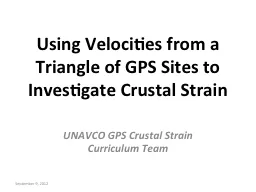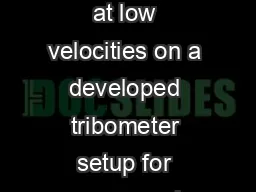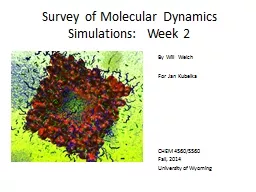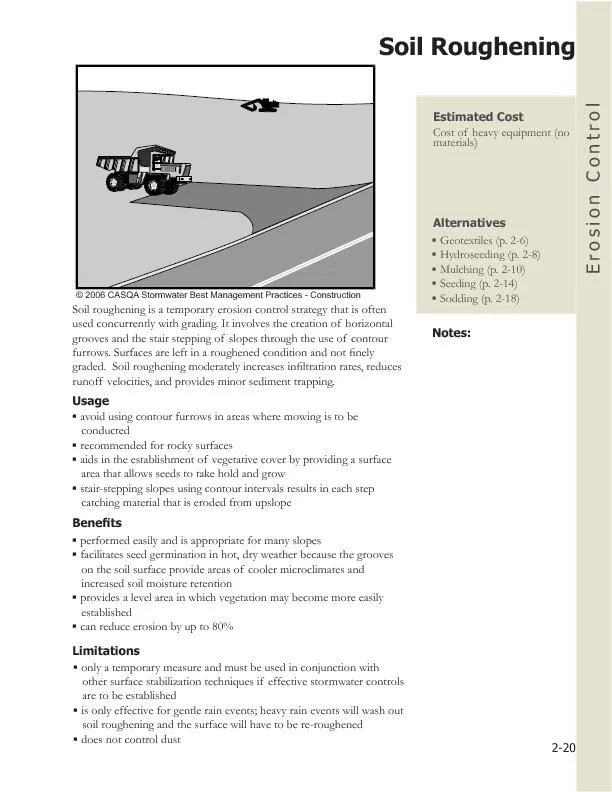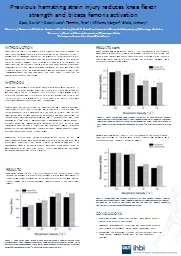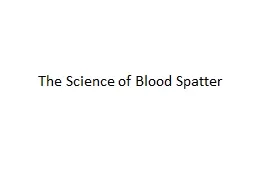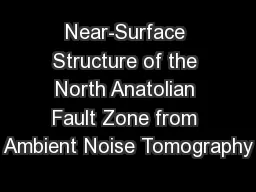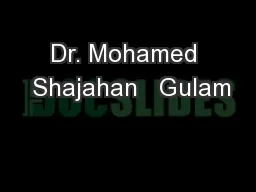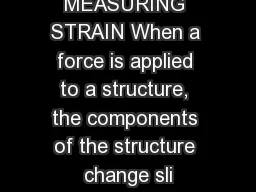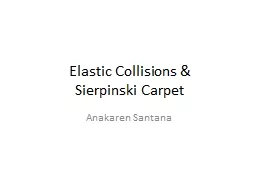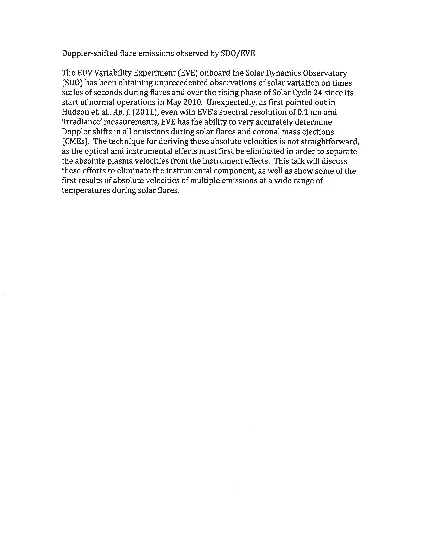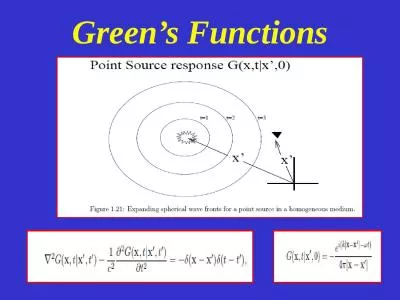PPT-Using Velocities from a
Author : freya | Published Date : 2022-06-08
Triangle of GPS Sites to Investigate Crustal Strain UNAVCO GPS Crustal Strain Curriculum Team September 9 2012 September 9 2012 September 9 2012 Locate three
Presentation Embed Code
Download Presentation
Download Presentation The PPT/PDF document "Using Velocities from a" is the property of its rightful owner. Permission is granted to download and print the materials on this website for personal, non-commercial use only, and to display it on your personal computer provided you do not modify the materials and that you retain all copyright notices contained in the materials. By downloading content from our website, you accept the terms of this agreement.
Using Velocities from a: Transcript
Download Rules Of Document
"Using Velocities from a"The content belongs to its owner. You may download and print it for personal use, without modification, and keep all copyright notices. By downloading, you agree to these terms.
Related Documents

